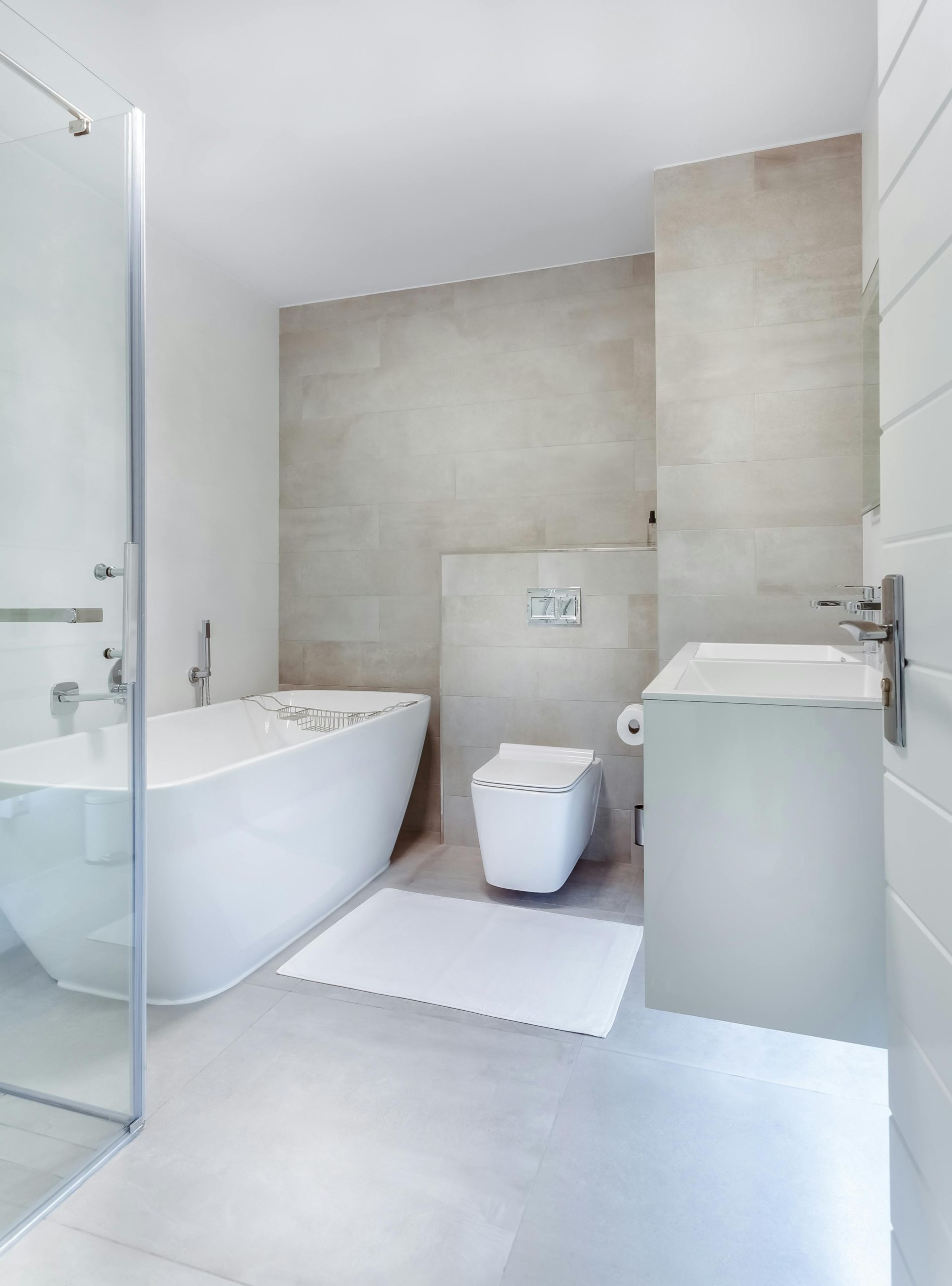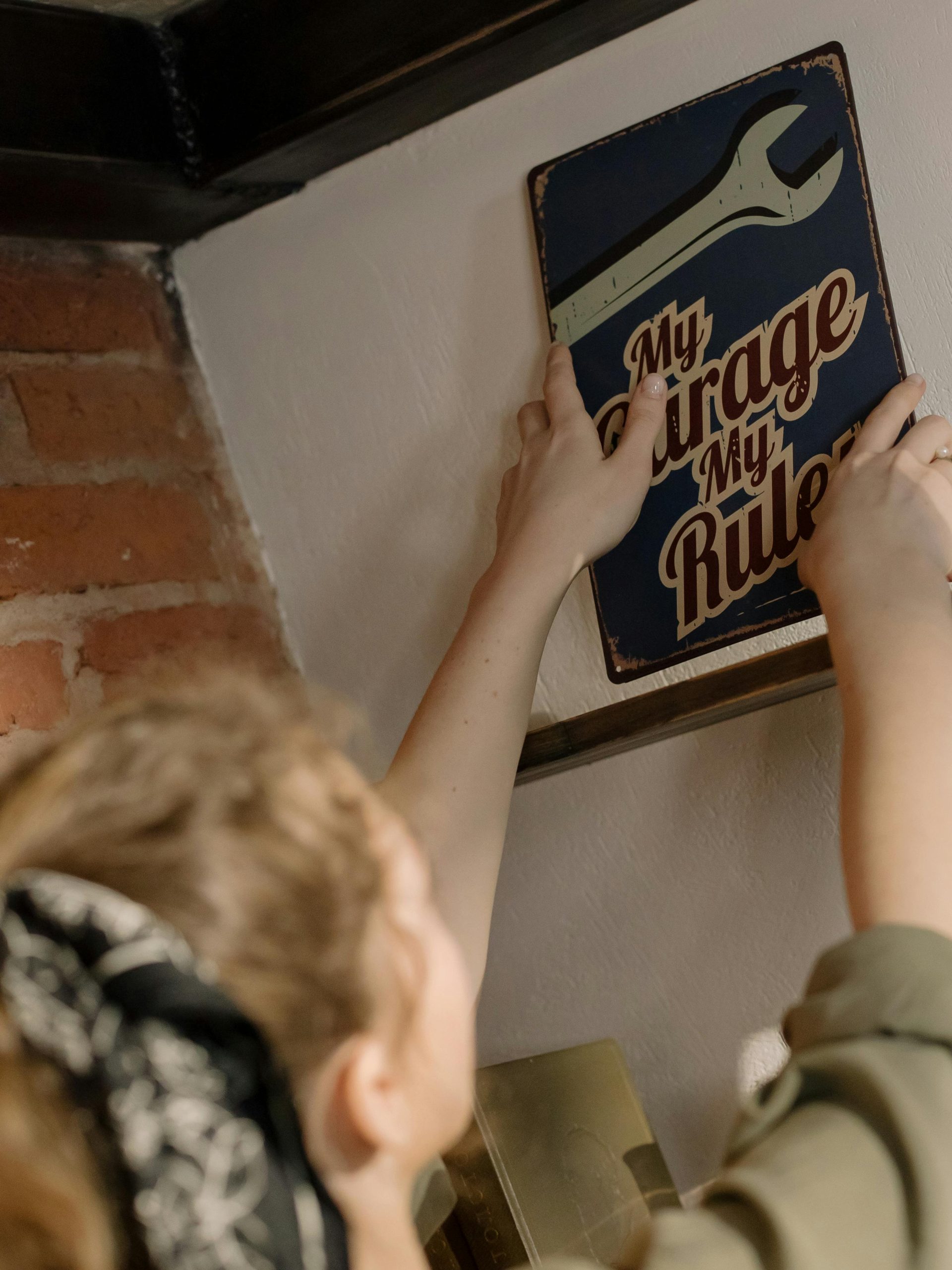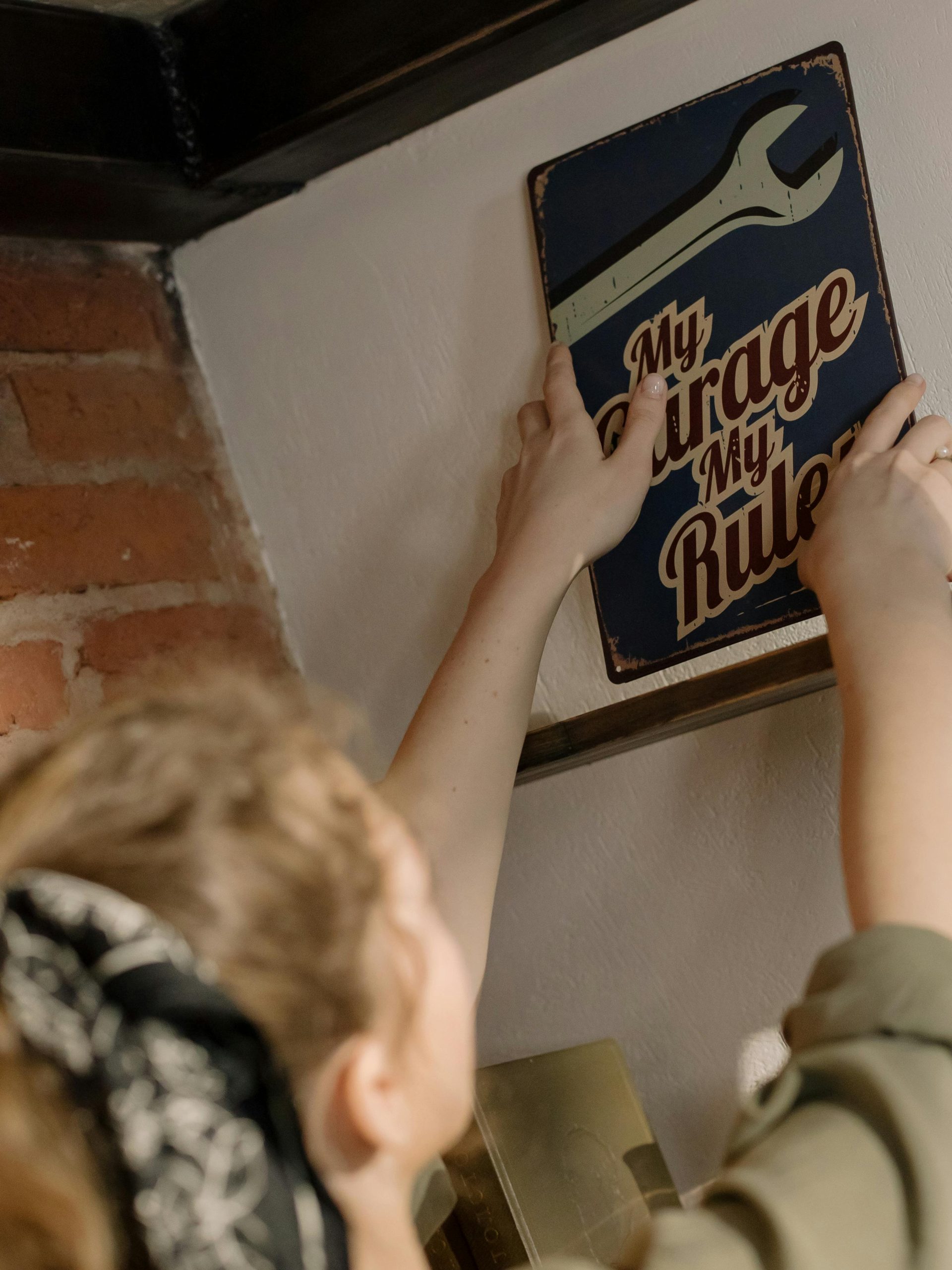Title: Navigating Insurance Claims: Rebuilding vs. Repairing Your Home’s Structures
Understanding Your Homeowner Insurance Rights: Repair or Rebuild?
When unexpected damage strikes your home, understanding how your insurance policy works can make a significant difference in your recovery process. Many homeowners wonder whether they can leverage their insurance payout not just for repairs but to completely rebuild or upgrade structures on their property. Let’s explore a common scenario and what options you may have.
Scenario Overview:
Imagine a homeowner’s patio suffers hail damage. The insurance provider assesses the damage and offers a payout of $5,000 to cover repairs. Now, the homeowner faces a question: can they choose to forgo repairs and instead dismantle the existing patio to build a brand-new, upgraded structure? If so, does the insurance policy automatically extend coverage to this new construction or upgrades, especially if the home’s total value remains within the insured limits?
Key Considerations:
-
Repair vs. Rebuild Choices:
Typically, insurance payouts are designated for repairing or replacing damaged components. However, homeowners may prefer to use the benefit to upgrade or rebuild entirely new structures if they wish. This decision often depends on the specifics of the policy and the scope of coverage. -
Policy Coverage for New Structures:
Many homeowner policies, particularly under Coverage A, are designed to insulate homeowners from loss up to the insured amount on the dwelling. If the total replacement cost of the new structure remains within this coverage limit, and the policy is properly written, rebuilding a new patio or structure can be covered, provided you follow proper claim procedures. -
Automatic Coverage for Upgrades:
Insurance policies usually do not automatically cover upgrades or rebuilds beyond the scope of the original claim. To ensure coverage for a reconstruction that exceeds repair costs, homeowners may need to confirm that their policy includes replacement cost coverage and that any new construction is properly documented and approved by the insurer. -
Potential for Policyholders to Leverage Claims:
While some may consider using insurance payouts as an opportunity to upgrade or improve structures beyond the original damage scope, it’s essential to do so transparently. Insurance providers typically expect claims to be related to actual damage. Intentionally inflating costs or claiming for upgrades unrelated to damage could lead to claim denial or allegations of misrepresentation.
In summary, it is sometimes possible for homeowners to use insurance benefits to rebuild or upgrade parts of their property instead of simply repairing the damaged elements



